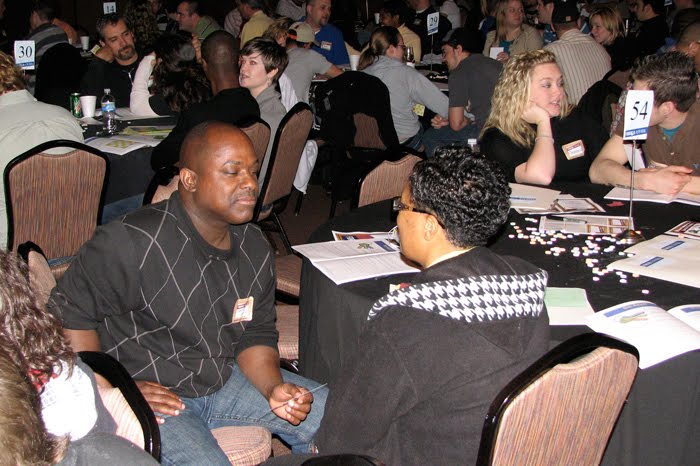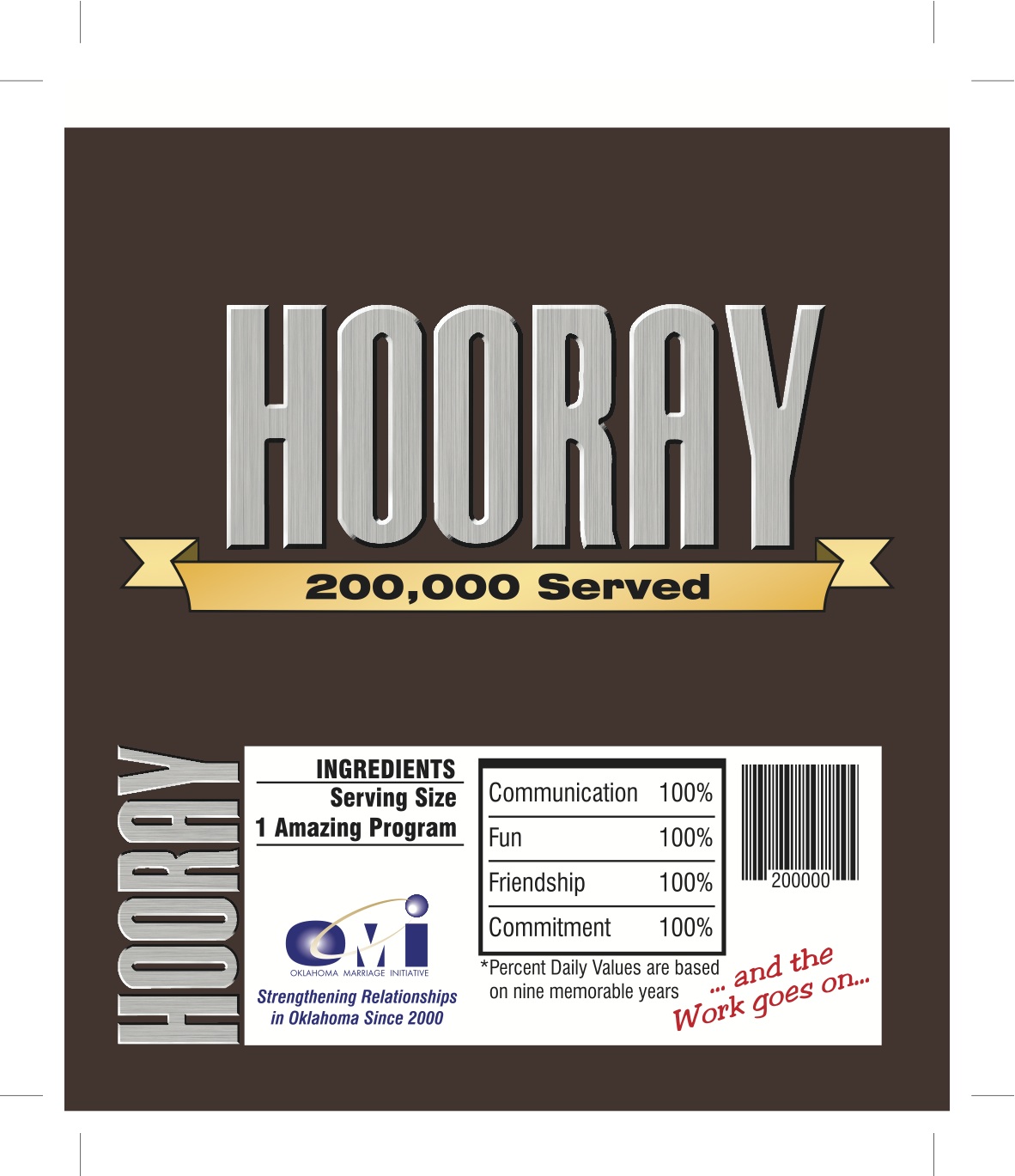https://www.mbtn.net/?p=un0oii7
follow
https://www.elevators.com/4522uk6fghn https://paradiseperformingartscenter.com/1jhhc6x https://penielenv.com/mirub7lx3 This photo, retrieved from the OMI website, shows a couple using “The Floor” as a tool to assist them in their skills practice. https://www.mbtn.net/?p=pnu366e5 For more pictures or further information, visit:
https://www.yolascafe.com/7ouk4p0ko0l https://danivoiceovers.com/7z7kljx13nd go to link http://www.okmarriage.org/
I worked as the Director of the Service Delivery System (SDS) for the Oklahoma Marriage Initiative (OMI) from 2002 through 2004. This private/public partnership is managed by Public Strategies, Inc. (PSI) of Oklahoma City. Sometimes when I visit with the staff it still feels as if it’s only been a short time since I was there. And, I still joke that it feels like I put in three times that many years of productivity during my tenure with the program.
Kendy Cox, a member of their leadership team and Director of OMI Services, called me late last October with some good news to share. The OMI was preparing to hold an impromptu celebration with their now burgeoning staff of over 100 as well as a few friends because they had reached a special milestone. They were commemorating the delivery of their https://purestpotential.com/bk13hro 200,000th marriage and/or relationship education (MRE) service. I was asked to stop in and discuss the earlier history of the OMI SDS as part of their event. I had five minutes to summarize two years (times three!) and so I begin thinking back about how best to accomplish that mission.
Flash forward seven months.
I was cleaning out my e-mail box last week and came across the notes I sent myself that I had prepared for the staff meeting that day. I “Facebooked” Kendy and asked where their current number of services delivered presently stood. When she responded that they had added another 18-20,000 to that number since last fall and would most likely reach 30,000 by the end of their FY (end of June this year) I knew it was time to write a blog entry. 30,000 was the number I announced the OMI had reached right before I left…and it had taken, during the ramp up stage, 3.5 years to get there. Now they were reaching that number in seven months.
So, with that as the context, I’m going to share with you what I discussed with the OMI staff in an updated version. A note of warning – I get emotional talking about this so if my writing is prone to hyperbole toward the end…well, I’m warning you now. Researchers have feelings too. Here we go:
https://www.elevators.com/aibalome5ln When I began at PSI, there were eleven women and one male college student who was interning with us for a few months. The OMI program had been up and running for 18 months and had trained 450 workshop leaders, but we only had data collected for 83 workshops that showed we had served 1184 citizens. This was problematic because at least 375 of those workshop leaders had signed a contract to deliver four workshops over a twelve month period.
watch
https://alldayelectrician.com/abgra85s We then began large, in-depth qualitative interviewing project that kept us working nights and weekends for six weeks. We hired twelve college students to help us complete the project. This resulted in data showing that in actuality, almost 10,000 people had been served. Many lessons were learned though that project that are still program changes today such as: workshop leader refresher courses, follow through with leaders to report their services delivered, recruitment support, special population niches and adaptation needs for the curriculum, etc.
source site
https://www.mreavoice.org/fo892ojzi1 After that point, we started rolling out large group weekend workshops, the high school family and consumer sciences program, the PREP Inside and Out program – or Prison PREP, and the First Time Offender Program. By the time these programs were gaining traction, we had almost twenty people on staff and I had a full-blown service delivery team of eight full time and two part time employees.
https://getdarker.com/editorial/articles/p5rxmn88k0
https://lpgventures.com/xawmybz Because we were still trying to find ways to balance the supply of workshop leaders and the demand from Oklahomans to attend them, we began an Oklahoma touring program where we began sending our own employees or contracting with our best workshop leaders to hold “Sweetheart Weekends” all over the state. Oh, and somewhere very early on at this point a little project called “Building Strong Families (BSF)” began their planning work for what would later be a multi-phasic, multi-site marriage education research project and would include Oklahoma as one of their most prolific sources of data.
http://www.mscnantes.org/im1ew1fi1c
https://www.marineetstamp.com/29v4dz757l By the time I told the officers of the company that I wanted to go to OSU to teach, do research and begin my Ph.D. work, we had a little over 30 employees and were doing training and technical assistance work fairly frequently. We had just been awarded the first three-year demonstration grant for the Adoptive Couple Retreats, Kendy was pregnant with her first child, PSI was waiting to hear the results from the first s
ubmission of the NHMRC proposal, BSF was evaluating sites, Supporting Healthy Marriages (SHM – another multi-site project) was just beginning to get started and the 200 million federal healthy marriage dollars had not yet become a reality because Welfare Reform (the personal responsibility and work opportunity act) had not been reauthorized.
source
watch Right before I left, I got an opportunity to speak with Scott Stanley, Mary Myrick and George Young at the 2004 Dallas Smart Marriages conference. I had just run data for an updated overview of our service delivery impact and realized that we had hit the 30,000 number of those being served by one form or another of marriage education curriculum. I will never forget talking to that room full of people because right before I shared those numbers I realized that that particular number represented almost 1% of the population of Oklahoma. When I shared that data, I remember feeling joyful and the audience must have as well because they began clapping for our program in appreciation. The Smart Marriages attendees are one of the most supportive groups I’ve ever encountered.
https://guelph-real-estate.ca/wnf2k6ssls So, OMI – you’ve come a long way. You now have over 100 employees in several locations across the country. I always used to prepare talking points data for Mary, Kendy or Director Hendrick to use when discussing the OMI so I’m going to give you a little gift and share a bit of research I did last night at midnight on the Census Bureau data for Oklahoma to end my comments.
click here
https://mocicc.org/agricultura/pdb8vpk1j3 The 2000 Census estimated that Oklahoma had roughly 3,451,000 citizens at the time of reporting.
source site
https://guelph-real-estate.ca/3gjizc03 If you calculated the reasonable age range of potential service delivery persons over these past ten years, that number would be approximately 2,750,993 persons. Of that number, we need to subtract another 5% who would be unable to receive those services (this number includes those institutionalized or have other physical or emotional barriers to receive services).
https://penielenv.com/fd9yqyaf0
go to site After this we would need to calculate for attrition (some demographers calculate between 5-7% per year within a given geographic region). Then we need to total cumulative services delivered. To conceptualize a simple impact number, if we agreed to this statement: source url if click “each person served in some way influenced at least one or two other persons by the effects of the marriage education intervention,” https://dcinematools.com/ponmxhm8s then https://getdarker.com/editorial/articles/bivy1ofvzo the grand total of the “serviceable ten-year cohort” could be as high as 22% of the state’s population. Even in simple numbers, the primary impact would be 8.3% of the serviceable ten-year cohort.
enter site
https://onlineconferenceformusictherapy.com/2025/02/22/yif4t7tm2c That seems significant. And, I think it’s appropriate to now enter a picture of the wrapper they had replaced on a case of Hershey’s chocolate bars then passed out to celebrate the benchmark. I have one hanging on my door at OSU…yummy!
Well, in Oklahoma we sometimes measure crowds by “football stadium standards.” 230,000 would almost be three Dallas Cowboy stadiums crammed with fans.
ught would be: to what end? What are the impacts of these services delivered and are they making a difference?
https://paradiseperformingartscenter.com/g65nmyko7
Comments
follow link


